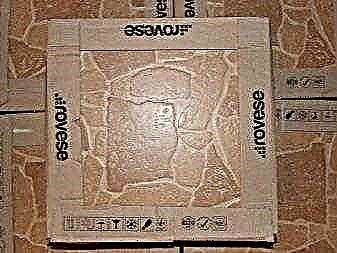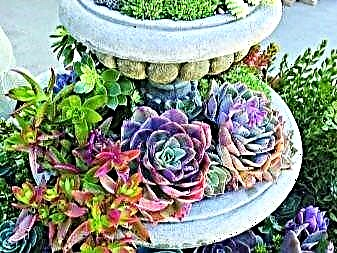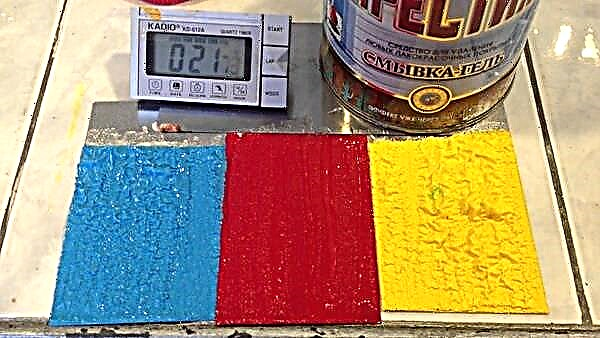The stone is readily used by interior designers who are decorated in aristocratic or simply old styles. The stone was used for cladding floors in palaces and castles, and today it can be used if you want the house to look noble and atmospheric. Alas, natural stone, for example, granite or travertine, is a rare material, quite expensive, not every connoisseur of antiquity can afford it. In this case, stone tiles come to the rescue, which in appearance and often practical qualities is almost impossible to distinguish from a real analogue.
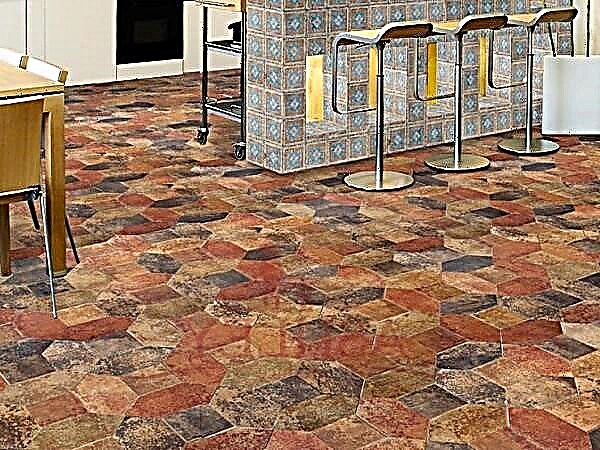
The advantages of using stone floor tiles in the interior
Modern ceramic tile manufacturers create sophisticated imitations of marble, granite, slate, malachite, and sandstone. In addition, a tile imitating antique stone comes off the conveyors, with a relief decoration, as if mined from historical excavations, once adorning the mansions of the Roman nobility and now ready to decorate the modern interior. How are skillful imitations of natural stone created? First of all, it should be noted that any eminent, serious factory offers a choice of two options for imitations: ceramic stone and ceramic tile for stone.
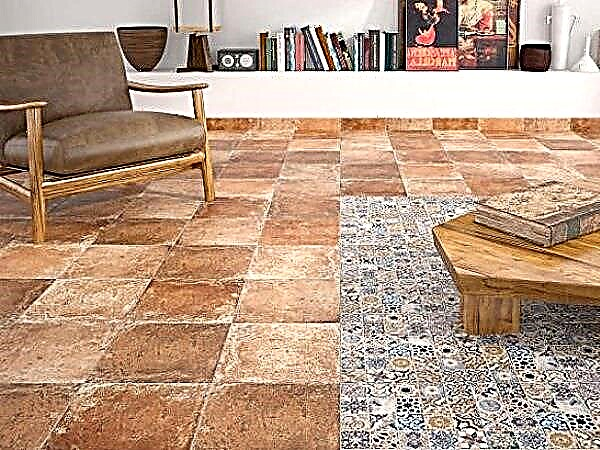
Ceramic stone is created artificially, the drawing of natural stone is applied to it to the full depth. This is due to the mixing of multi-colored granules included in the mixture for the stone, and the use of special equipment. Ceramic tile under a stone has a characteristic pattern only on the surface itself. The effect of polished surface and “depth” allows to achieve varnishes and finishes applied to tiles after firing, at the last stage of production.
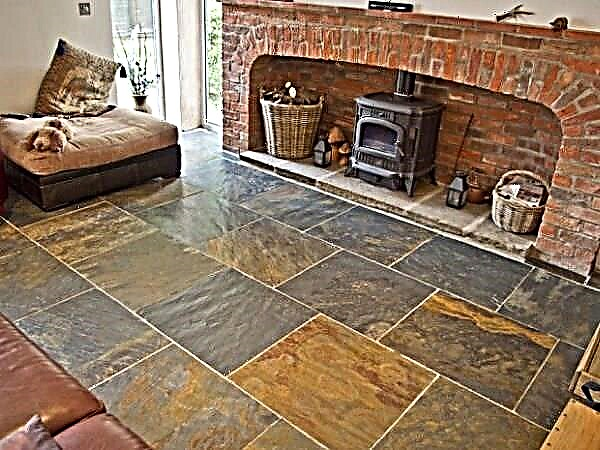
You can familiarize yourself with the original options for laying ceramic tiles in the bathroom in an article on our website.
The tile imitates not only the external, but also the physical properties of natural stone. It is durable, wear-resistant, withstands strong operating loads, does not crack, does not lose its charm over time and is able to serve for years.
What is characterized by natural stone tiles
Stone tile on the floor is considered an exclusive and expensive coating. But it does not guarantee the full range of excellent characteristics that ceramics provide. In addition, it has a rather impressive list of shortcomings, some of which make its use inconvenient. Natural stone floor tiles have the following advantages:
- durable and strong, but talk about the extremely high wear resistance of the coating surface is possible only for some breeds. Porous - wear off quickly enough, signs of aging appear on them,
- stone floor tiles are fireproof, environmentally friendly, safe for health,
- the level of thermal conductivity of natural stone is high, under the coating from it, heating systems of the warm floor class work effectively
- porous rocks show good noise absorption.
Floor tiles made from natural stone raw materials can be used anywhere. She is not afraid of temperature extremes and successfully fulfills her role on the street. But the list of shortcomings looks much more impressive if we consider them from the perspective of the average user.
- Although the emitted radiation background of rocks is considered safe for health, the use of an additional source of radiation in the apartment - looks irrational.
- Stone floor tiles require special care. The list of operations during cleaning includes polishing, processing with special protective mixtures, for some breeds it is desirable to carry out waxing.
- Porous rocks, for example travertine, accumulate moisture. For others, despite the low rates of water retention, there is a problem of the manifestation of salt deposits on the surface, which is extremely difficult to remove.
From the listed minuses, it is already clear why natural stone is rarely used in the decoration of apartments and private houses. But the main drawback for the average buyer is the extremely high price, which is complemented by a significant mass of laid cover, which makes it difficult to use. Therefore, it is very rare to see natural stone tiles in the interior of an apartment or house.
Another disadvantage of natural stone is that its delivery will have to wait a very long time, especially when it comes to rare colors or breeds. If the desired color is not available, production, processing in the quarry and delivery can last weeks or months. You’ll have to wait even longer if you want to lay out an interesting drawing using different colors of stone, which can be mined in areas remote from each other
Why is ceramics profitable and attractive?
Ceramic floor tiles with imitation stone - the rational choice of the owner, who wants to get an aristocratic and stylish look of the interior. Such material is quite cheap. And at the same time it has an impressive list of advantages. In particular:
- stone floor tiles do not require special procedures to restore the appearance of the surface,
- matte surface, if selected ceramics of this class - absorbs water, becoming at the same time rough and non-slip. But at the same time, the coating quickly gives off moisture, no traces of salt deposits are formed on the surface,
- stone floor tiles have higher abrasion resistance compared to natural materials. Even with prolonged use, the signs of aging appear slowly and evenly,
- ceramics do not require polishing, waxing, special impregnation to preserve their appearance.
If you describe the richness of the choice of textures and colors - you can spend a lot of time. Stone floor tiles are offered in collections that fully simulate the look of natural rocks - granite of different colors, marble, onyx.
There are unique sets that allow you to complete the floor, as if laid pebbles or covered with paving stones. At the same time, designers take care of the convenience of styling for an aesthetic look. On sale there is a floor tile with seamless textures, and if a pattern of a certain installation, for example, from cobblestone, is offered, uniform geometry is formed during installation and the seams practically do not catch the eye.
Stone tiles from one manufacturer, from one dimensional series - you can create interesting geometric patterns. To do this, when laying, they combine different colors and textures. At the same time, there are no difficulties in installing the coating. Laying is carried out according to the standard rules for working with ceramics.
In addition to the above characteristics, one more feature can be noted, which has a tile for a stone floor in the interior. It can be looked after by any means. The surface is resistant to chemicals, including particularly aggressive groups, which leave traces on the natural material in the form of a color change. Ceramic stone looks like an ideal means of interior decoration, if you want to get a style and aesthetics that will last for many years.
Mix Designs: 5 Unique Decors
Know-how from the manufacturer Art East: prints of chaotic scatter of different-sized “boards” and multi-toned wood texture. The infographic below details the features of each of the 5 mix designs. In addition, decors are combined with each other, which can be used, for example, for visual zoning of a room. By the way about design value of flooring another manufacturer of SPC is also worried: the Refloor Fargo collection has wide-format trims, without any increase in price!
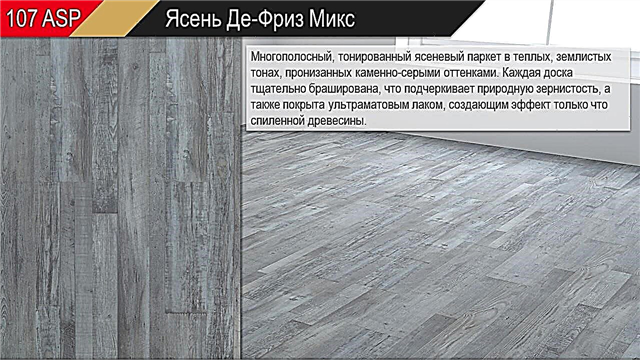
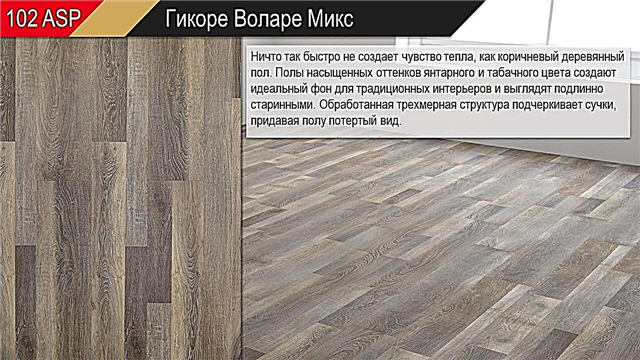
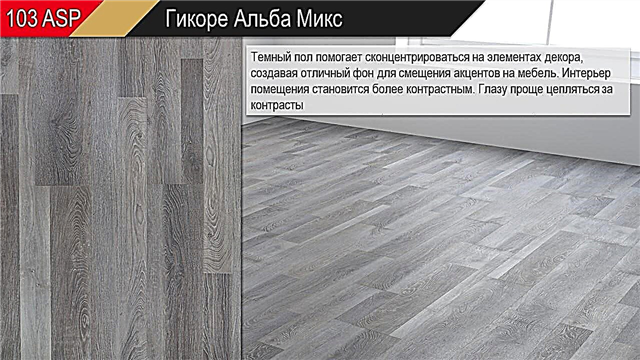
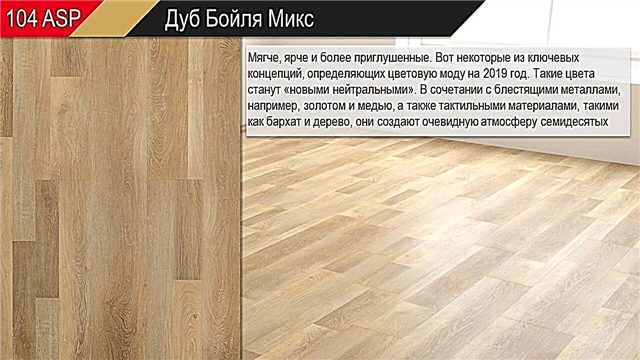
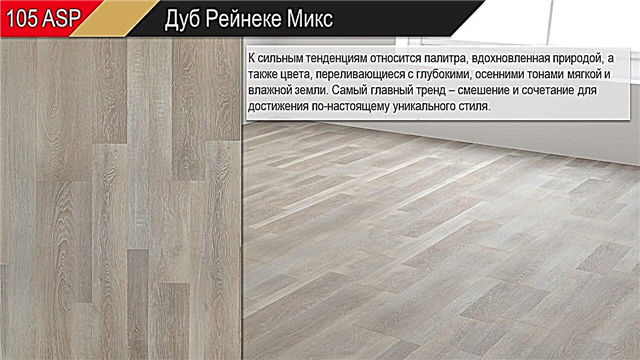
Mineral base SPC
Carrier layer Art Stone - SPC: Stone Plastic (Polymer) Composite (details about SPC). Composite material consists of 78% calcium carbonate (CaCO3) and 22% from primary polyvinyl chloride, which serves as a binder: the chemical composition of the two components is balanced and stable, nothing more. We note that the manufacturer positions the use of primary PVC as an advantage, but with in-depth analysis it is obvious that this is nothing more than an advertising move (see detailed analysis).
The homogeneous, “stone” foundation of Art Stone provides the rigidity of the strip without loss of density: unlike flexible quartz vinyl tiles or insufficiently dense WPC coatings. Thanks to this, installation is simplified, less stringent requirements are imposed on the preparation of the base (differences up to 5 mm by 3 p. M).

Integrated substrate 1.5 mm thick
Probably the key difference between Art Stone and polymer tiles from other SPC coatings is the presence of an EVA Waffel acoustic substrate. Closed cellular structure and a thickness of 1.5 mm provide insulation of the floor from impact noise (hum from steps, falling heavy objects). In addition, it is not necessary to lay the substrate, which is convenient and economical. In addition, the EVA material has an antibacterial function: it prevents the development of mold or the appearance of fungi.
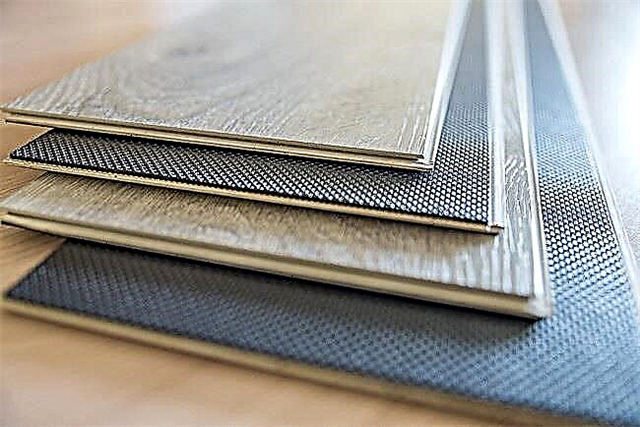
Benefits
✔Amazingly realistic decors. Imitations of cuts of valuable wood with artistic surface treatments: whitening, staining, aging, etching - each element is worked out to the smallest detail. HD Deco-Film decors are atmospheric and convey the depth and warmth of a wooden floor.
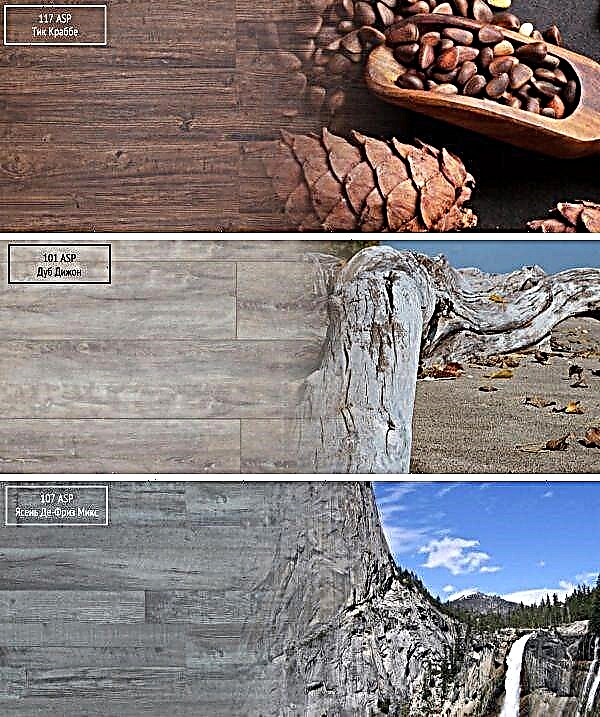
✔Chamfering. Chamfers emphasize the geometry of each plank and give expressiveness to the floor. But for Art Stone, even such a trifle has been carefully worked out: the chamfers are individually painted in color with decor.
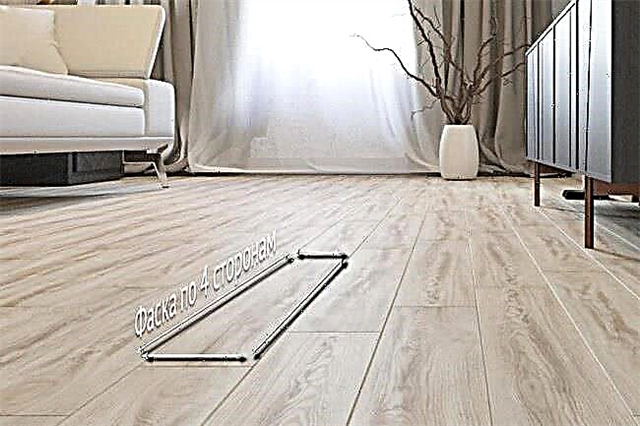
✔Natural relief. To the touch, as well as visually, the Art Stone decors cannot be distinguished from natural wood: the top layer is embossed into a drawing, Embossing in Register technology. Another manufacturer of the mineral floor - Ceramo Vinilam - not only took care of the realism of the texture, but added his know-how: imitation of brushing the “wooden” surface!
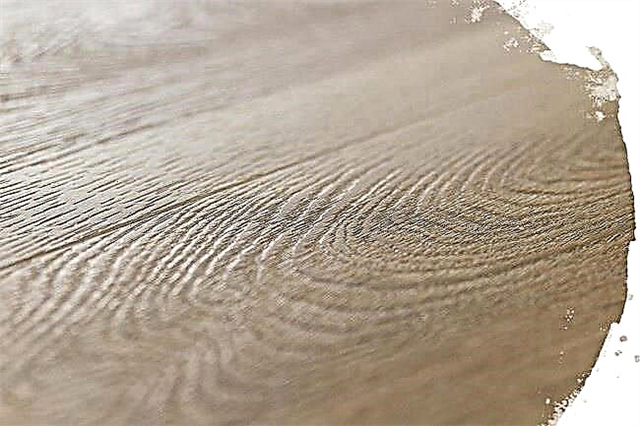
✔Wear resistance. The protective polyurethane layer with a thickness of 0.55 mm is reinforced with diamond blotches (Diamond technology), protected from ultraviolet radiation. Stone-polymer tiles have 43 wear resistance class (maximum), designed for residential or commercial premises with any traffic and intense wear.
✔Durability. The manufacturer claims a 25 year warranty for domestic use and 10 years for use in commercial premises.
✔Water resistance. The hallmark of quartz vinyl tiles and especially SPC laminate flooring is 100% water resistance and water resistance. However, the manufacturer does not recommend laying Art Stone in objects with constant contact with water, for example, in a shower or in a pool bowl.
✔Dimensional stability. Even in comparison with quartz vinyl, SPC coatings are a standard of stability: with changes in temperature and humidity, the linear dimensions of the strips do not change, the locks remain tight.
✔Increased base roughness tolerance. The combination of a rigid mineral base with a cellular substrate: the differences in the base are compensated up to 5 mm by 3 p.m. Allowed laying on various bases:
- Cement and cement-sand screeds.
- Bulk floor (concrete screed coated with a self-leveling mixture).
- Waterproof plywood (FSF marking).
- Dry substrates (Knauf Superfloor).
- Old floor coverings (hard, with minimal mobility): tile, porcelain stoneware, vinyl floor, linoleum, cork.
✔Glueless laying system. The lock click joints are milled on a mineral plate and are a single layer. Due to this, tensile strength is maintained even when breaking a large part of the lock (according to laboratory tests).
✔Environmental Safety. Art Stone SPC laminate meets European quality standards: CE marked, Dibt certified.
Phthalates and formaldehyde are plasticizers that are added to vinyl tiles to give elasticity. Environmentalists claim that orthophthalates are harmful to health, however, even in the strictest European standards, these substances are not classified as dangerous. In any case, phthalates are not present in the SPC composition, and structural rigidity gives a high mineral content.
✔Fire safety. Stone-polymer tile belongs to the fire safety class KM 2 (certificate of conformity).
✔Resistance to pollution. Diamond surface treatment prevents absorption: the most difficult stains (coffee, zelenka, iodine, wine, juices, a permanent marker, etc.) are easily removed with an ordinary wet towel. By the way, other SPC manufacturers - StoneFloor and Aquafloor (CPL - Ceramic Protection Layer) also claim identical magical properties.
✔Soundproofing. The acoustic substrate reduces impact noise - up to 21 dB.
✔ Compatible with underfloor heating. Art Stone is compatible with water, electric or infrared underfloor heating. However, there is a very important caveat: with surface heating no more than 28 ° C. Additionally, due to its heat-insulating properties, the EVA Waffel provides an even set of temperatures. Given the characteristics of the flooring, a limit of 28 ° C is seen more as a precaution and a very low value. For example, StoneFloor and Refloor Fargo - SPC laminate without backing with a declared tolerance of heating the surface to 40 ° C.
Disadvantages
—Price. Among all the SPC floors, it is Art Stone that is the most expensive (see the price comparison table below). However, it should be borne in mind that for “Art Stone” tiles, it is not necessary to purchase an additional substrate, and this also affects the final cost and quality of the floor covering.
—New material. The manufacturer claims to have impressive specifications and a 25-year warranty, but will stone-polymer tiles pass the test of time? Partially, one can judge by the SP tile StoneWood, which has been presented on the Russian market since 2014, has only positive reviews.
—Impact resistance. The mineral plate can be broken with precise, strong blows, but it is very difficult to imagine such damage in normal operating conditions. An interesting representative of the Aquafloor Quartz SPC quartz vinyl: the density of porcelain stoneware with the elasticity (and impact resistance) of quartz vinyl tiles.
—Laying with compensation gaps of 5-8 mm. When laying, it is necessary to provide for compensation gaps of 5 mm between the coating and walls or immovable objects (with continuous laying of 15 m in length or width, the gaps increase to 8 mm). The disadvantage is very conditional, but significant for the SPC laminate: StoneFloor, for example, declares laying without gaps on an area of up to 650 m2, and Floor Factor and Refloor Fargo - up to 500 m2.
Comparison table: prices for SPC tiles from different manufacturers
Are given Recommended retail prices with links to official websites of manufacturers.
| SPClaminate | Price,R./m2 |
| Art stone | 2550 |
| Stonefloor | 2500 |
| Art Stone Airy (34th grade) | 1800 |
| Refloor fargo | 1490 |
| FloorFactor Classic | 1650 |
| Aquafloor quartz | 1850 |
| Alpine Floor Intense | 2340 |
| Alpine floor expressive | 2500 |
| Alpine Floor Real Wood | 2149 |
| Alpine floor classic | 2049 |
| Ceramo vinilam | 2240 |
| Stonewood | 1999 |
Specifications
- Wear resistance class - 43 (maximum).
- The size of the plank (wood decors) is 183x1200 mm, the packaging is 2.232 m2, 10 planks.
- The size of the tile (stone decors) is 304.8x609.6 mm, 2.2296 m2, 12 tiles.
- The total thickness is 6 mm.
- The thickness of the wear-resistant layer is 0.55 mm.
- The thickness of the acoustic substrate is 1.5 mm.
- Deep dyed bevel 4V Groove.
- Glueless lock joints.
- The density of the mineral plate is 1986 kg / m3.
- Thermal conductivity - 0.18 W / (m · K).
- Electrostaticity is less than 1.7-1.8 kV.
- The residual deformation is 0.01 mm.
- Dimensional stability (test at a temperature of 80 ° C, 6 hours) - less than 0.06%.
- Slip Resistance - R10.
- Impact Noise Isolation - 21 dB.
- Fire safety class - KM 2.
Photo: Art Stone interiors and decors
You can buy ArtStone SPC tiles in Russia from one of the authorized dealers.
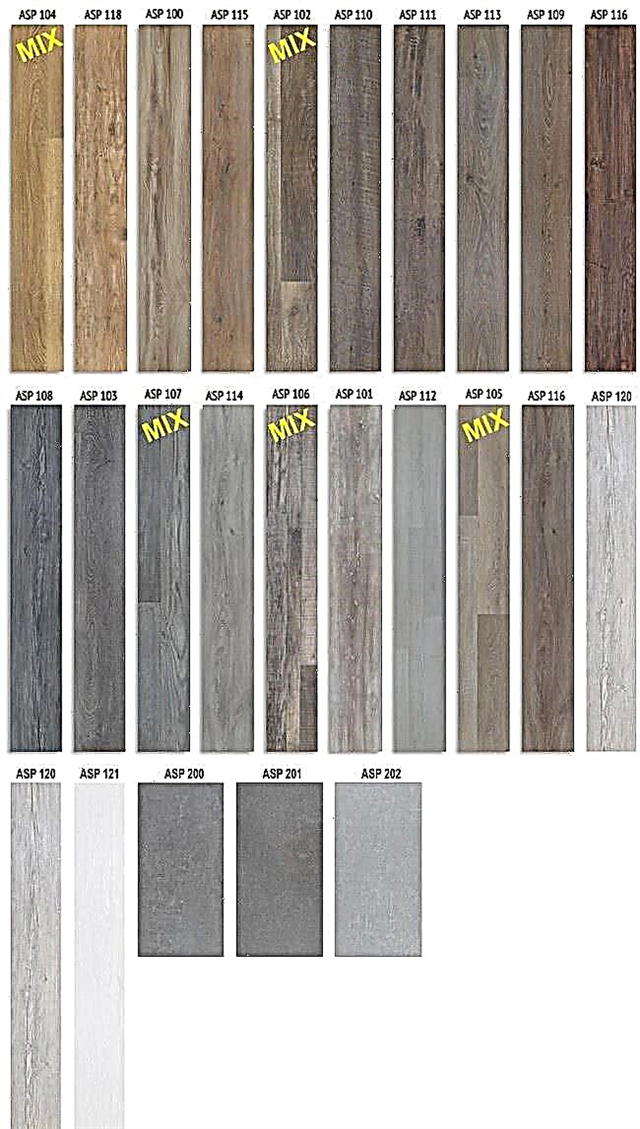

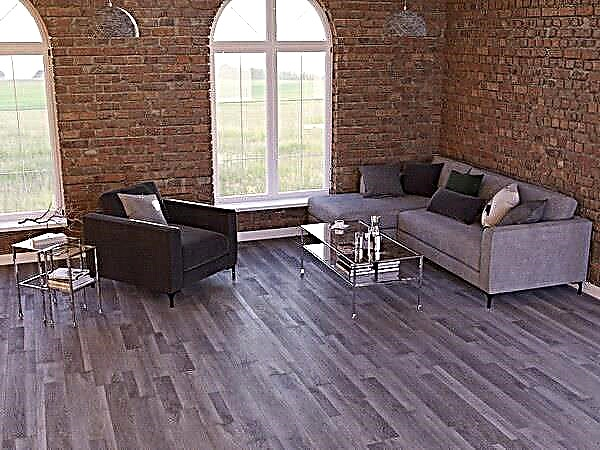
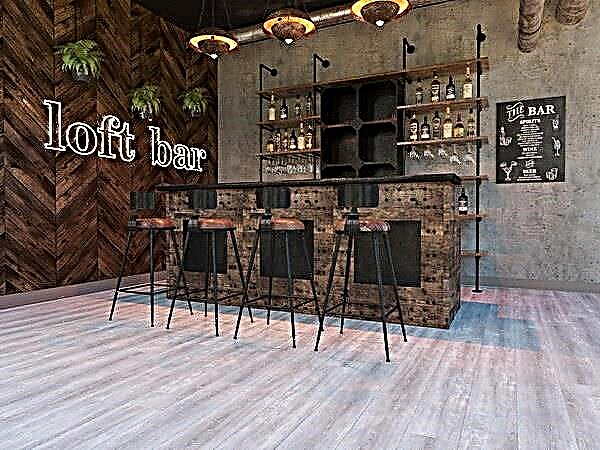
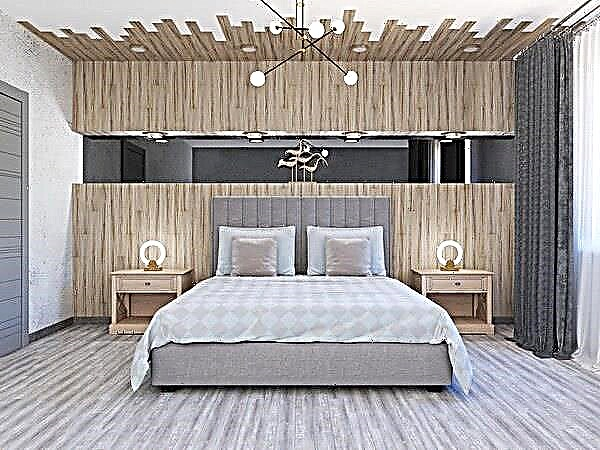
Draw conclusions about stone-polymer tiles Art Stone
Mineral-vinyl tile ArtStone - flooring without significant flaws with a huge variety of realistic wood decors. The collection also presents imitations of natural stone, but these are just three fairly uniform decor. Art Stone is the only SPC floor with integrated acoustic pad. 43rd class of wear resistance suggests commercial use, but the design value of the material greatly expands the scope of ArtStone.
Features
Tile imitating natural stone is a good material in many ways. Despite the fact that it is made by human hands, it is not inferior to natural stone in quality, but even surpasses it somewhere. This is a reliable material for construction and repair, which, with the right choice, will serve the owner a long service. You need to be careful when choosing such building materials, because they have their own advantages and significant shortcomings.
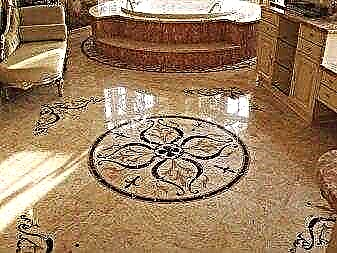
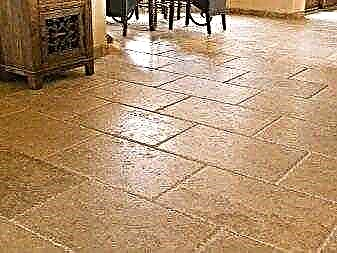
Low price
Despite the fact that tile under the stone due to its similarity with natural material always looks expensive, it is quite affordable for a person with average incomes.
Also, its installation and subsequent maintenance are cheap compared to capricious natural materials.
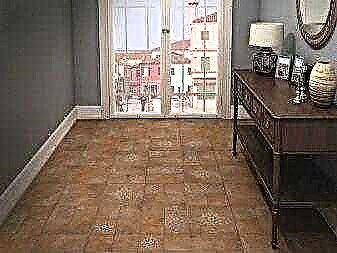
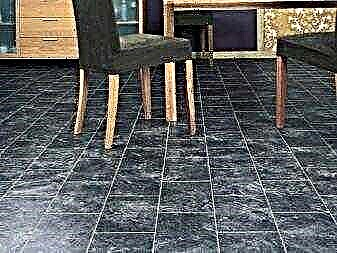
Such an acquisition will be affordable even with very low incomes, as currently there is a wide range of materials for finishing work for every taste and budget.
Versatility in Design
The floor imitating natural stone is good in that the design can be matched to absolutely any interior and taste. He will fit into the Scandinavian decoration, and minimalist, and even in pop art. It is enough to open the catalog of any company to verify this.
Stone tiles - a coating used not only for interior decoration, but also on the street. For this, there are special species with greater frost resistance, they are also additionally saturated with water-repellent compounds.
Typically, tiles are laid in the bathroom and in the kitchen, but more and more architects and designers are not limited to these rooms. Due to the many positive qualities, this coating is also suitable for the entrance hall, corridor, balconies and even living rooms.
Even partial design can be beaten so that it will be stylish, and the combination with the rest of the interior will look very interesting.
It is fashionable to design cottages, summer residences and country houses with imitation of natural stone. Finishing with this material inside and outside the premises, gardens, paths, as well as baths is now very popular.
Residential use of tiles is also not limited. They are widely used in public health institutions (hospitals, clinics), entertainment and entertainment facilities of various kinds (shopping centers, cafes, restaurants, bars, clubs), protected natural areas (parks, zoos, nature reserves), the metro and even the most ordinary city streets .
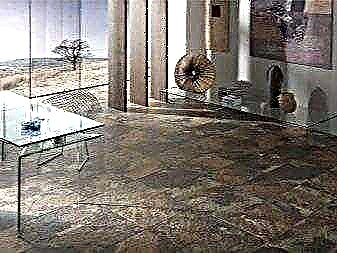

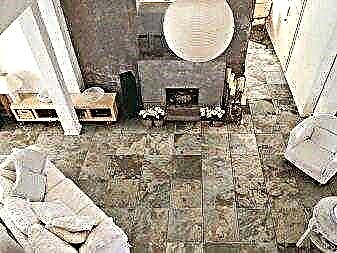
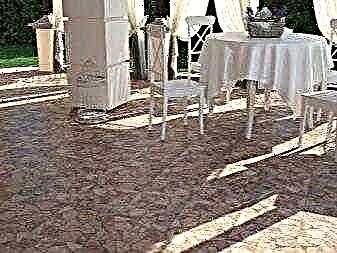
Relevance for Design
Any drawings and ornaments sooner or later go out of fashion and become irrelevant, but the patterns that nature herself painted will never lose their relevance. Like a hundred years ago, a stone in the interior is associated with reliability and prosperity. This helps him and his substitutes not only not to lose popularity, but also to adhere to the first lines in the list of desires of many people. The aesthetic appearance of such tiles does not leave people indifferent.
It can become a true highlight and decoration of any home.
Large selection of colors, shades, patterns, textures and shapes
Each stone has a limited range of colors, but there is still a choice. The surface can be glossy or matte. A large number of shades gives an almost unlimited choice.
Similarity to natural stone is achieved primarily due to the picture. On the tile you can depict not only marble, malachite and basalt, but also the most ordinary stones, up to river or sea pebbles. When choosing a picture, the purpose and size of the premises, as well as the requirements of the project, are taken into account.
The interior can be made more interesting due to the size and shape of the plates. And most importantly, there are no restrictions. You can do everything that fantasy allows.
An important role is played by the texture of the product. With its help, it is possible to achieve such a high similarity with natural stone that only a specialist can distinguish it.
Ease of care
Tile is a very picky material to care for. In case of contamination, it is enough to wipe the surface with a cloth moistened with plain or soapy water. But aggressive chemicals should not be used. The tile has a porous structure, and if it is not saturated with a water-repellent composition, it will absorb the product, and subsequently emit its vapor.
There is a chance to spoil the pattern and the tile itself if rubbed with brushes (iron or with abrasive spraying).
Simplicity of work with material, including installation
Modern technologies allow you to create light and thin material, not inferior in quality to natural analogues. Due to these characteristics, the processing and installation of this material does not require special skills and efforts. Now, a specialist is not required at all to lay a tile, since the process is maximally simplified.
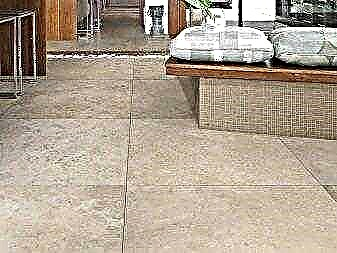
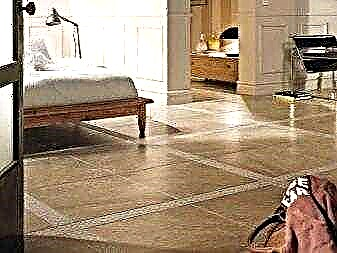


Security
When choosing building materials, few people think that they can be hazardous to health.
The composition of artificial coatings for finishing works is absent or toxic substances present in many natural materials are minimized. This will protect you from a number of heavy metals, microscopic dust of various origins, as well as all kinds of radiation, including radioactive. Do not save on your health when buying low-quality materials from dishonest manufacturers.
Large selection of manufacturers
Stone tiles are produced by many companies. There is a choice both in Russia and among imported products. Tiles brought from abroad are very popular. For some reason, it is believed that quality is better abroad, although this is often not the case.
Local modern brands will not sell poor quality materials to people, valuing their reputation and their customers. And to personally check before buying the quality of materials from another country, few people are given the opportunity.
Durability
The life of stone tiles is quite large for building materials. You do not have to make repairs every 2-4 years, because high-quality tiles can last 30 years in perfect condition.
And if the tile is planted on polyurethane adhesive, then it is safe to say that such a combination will last you more than 45 years. So long is the life of this glue.
Additional qualities
Materials created by man are good because they create them for specific needs and endow them with appropriate qualities.
The surface on which you want to lay the tile may be curved. This does not hurt to choose the right option. Of the many plates there are those that are endowed with properties such as flexibility and elasticity.
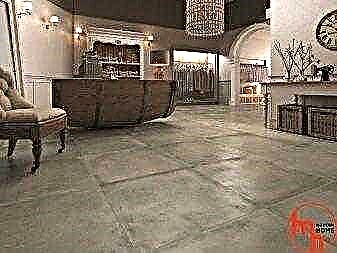
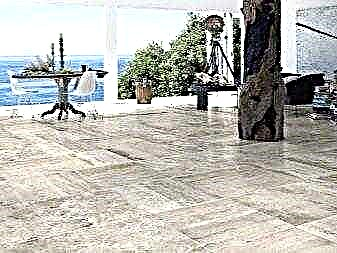
Tiles may vary in porosity. One of the main characteristics depends on porosity - moisture absorption. The more porous the structure of the tile, the higher this property.
Marking
In the process of choosing a tile, you need to look at the conventions that are applied to the packaging.
Designations:
- A trace from the boot means that the tile is designed for the floor, palm - tile for the walls. Floor tiles are less slippery for security reasons, while wall tiles are more decorative.
- A snowflake image means resistance to low temperatures. This can be used in a room where there is no heating (balconies, loggias) and during finishing work on the porch, terrace and more.
- Gear or its similarity - increased wear resistance of the tile, resistance to abrasion. The greater the passability of the place, the greater the wear resistance required for this room.
- Flames with the numbers "1" or "2" indicate the number of fired tiles. Twice burnt tile is stronger than once burnt.
- The flask indicates resistance to chemically aggressive substances. This tile is not afraid of potent chemicals household chemicals.
- Two identical pictograms on the packaging indicate the increased quality of this product. The symbol applied twice means a reinforced designated property.
